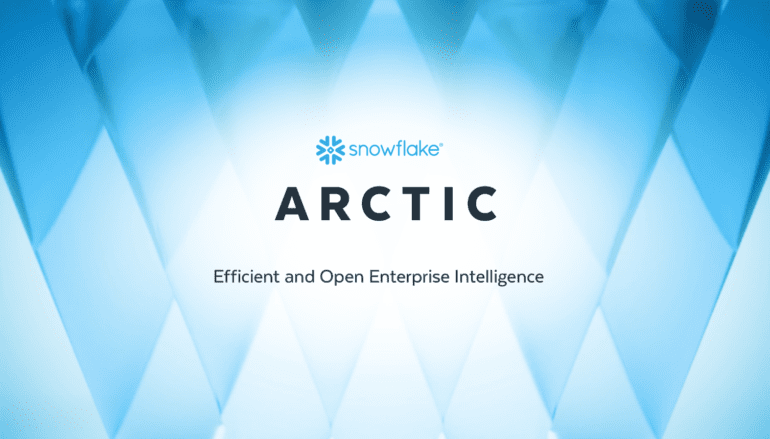- Snowflake introduces Arctic LLM, a specialized generative AI model for enterprise applications.
- CEO Ramaswamy emphasizes Arctic LLM as pivotal for building enterprise-grade AI products.
- Arctic LLM, optimized for tasks like SQL generation, is part of Snowflake’s strategy to address specific enterprise challenges.
- Leveraging a MoE architecture, Arctic LLM balances efficiency and scalability with its massive parameter count.
- Snowflake provides resources and support for integrating Arctic LLM into various applications.
- Questions remain about Arctic LLM’s differentiation and its relatively small context window compared to other models.
- Despite challenges, Snowflake remains optimistic about Arctic LLM’s potential to drive innovation in the enterprise AI landscape.
Main AI News:
Snowflake unveils its groundbreaking Arctic LLM generative AI model, tailored specifically for enterprise needs. In today’s competitive landscape, where cloud vendors vie for the attention of high-value customers, Snowflake’s Arctic LLM stands out as a formidable contender. Optimized for enterprise workloads such as generating database code and SQL queries, Arctic LLM promises to revolutionize AI-driven solutions in corporate environments.
CEO Sridhar Ramaswamy emphasizes the significance of Arctic LLM, heralding it as the cornerstone for building enterprise-grade products. With an eye towards the future, Snowflake envisions Arctic LLM as just the beginning of their foray into generative AI, hinting at more innovations to come.
Like its predecessors, Arctic LLM follows the trend of models tailored for specific niches within the enterprise sector. By focusing on practical challenges like developing SQL co-pilots and chatbots, Snowflake aims to address the unique needs of businesses, steering away from generic AI applications.
Arctic LLM’s architecture, based on a mixture of experts (MoE) design, underscores its efficiency and scalability. Despite its massive parameter count of 480 billion, Arctic LLM leverages only a fraction of these resources at any given time, optimizing performance while minimizing costs.
Snowflake’s commitment to accessibility is evident in its provision of resources and support for users looking to leverage Arctic LLM. From coding templates to training sources, Snowflake aims to streamline the integration of Arctic LLM into various applications and services.
However, amidst the enthusiasm surrounding Arctic LLM, questions arise about its broader appeal beyond Snowflake’s customer base. In a market saturated with competing models, Arctic LLM’s differentiation may not be immediately apparent. Moreover, concerns persist regarding its relatively small context window, potentially limiting its effectiveness compared to other models with larger contexts.
Despite these challenges, Snowflake remains bullish on the potential of Arctic LLM to drive innovation in the enterprise AI landscape. As the industry continues to evolve, incremental improvements in generative AI technology pave the way for future advancements, ensuring that solutions like Arctic LLM remain at the forefront of innovation.
Conclusion:
The unveiling of Snowflake’s Arctic LLM marks a significant advancement in the enterprise AI landscape. By catering to specific business needs and leveraging innovative architecture, Snowflake aims to carve out a niche in a competitive market. However, the success of Arctic LLM will depend on its ability to differentiate itself and address concerns about its effectiveness compared to existing models. As the industry continues to evolve, Snowflake’s strategic investments in AI technology position it to capitalize on emerging opportunities and shape the future of enterprise AI solutions.

